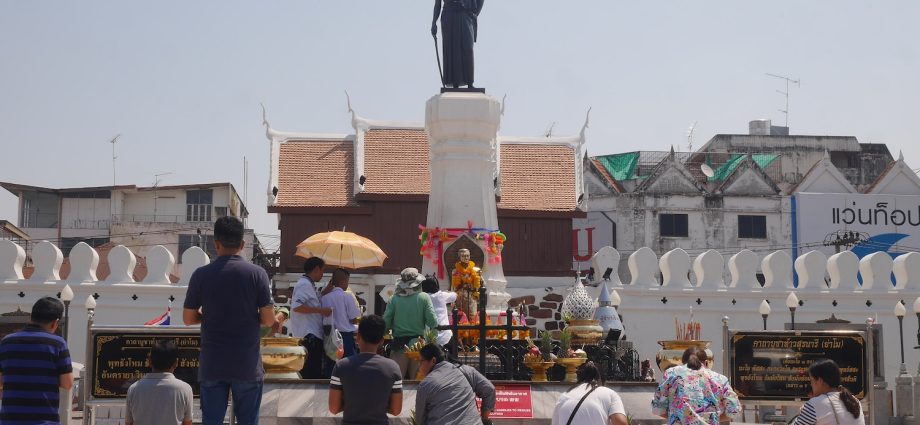Design work on 11.2-kilometre rail route to start this year

The government has approved a long-awaited electric rail mass transit project in the city of Nakhon Ratchasima.
The northeastern province is looking forward to having its own mass transit system after waiting seven years for approval, said Sarawut Choedchai, a former city mayor and member of the traffic management committee in the country’s third-largest city after Bangkok and Chiang Mai.
Mr Sarawut said Transport Minister Suriya Jungrungreangkit delivered the news during a recent meeting he attended at Government House.
The first route, the 11.2-kilometre Green Line, will connecting Save One Market to the Baan Naree Sawat Protection and Career Development Centre in Muang district.
Mr Sarawut said the committee, local authorities, the Office of Transport Policy and the State Railway of Thailand hired a consultant to conduct a study on the line design and development.
The study focused on the railway system, engineering and traffic conditions, and physical features of each area along the rail route. The study also included the environmental impact assessment (EIA) and the investment needed.
The report offered three choices for the Green Line which were an electronic bus rapid transit (E-BRT), a rubber-tyred tram and a steel-wheeled tram.
Mr Sarawut said the committee preferred the rubber-tyred system, with an elevated structure and an automatic control system. He said the system will be powered by electricity.
The report also proposed a public-private partnership (PPP) investment model. The first route is expected to cost 8.2 billion baht, with the fare provisionally set at 10 baht per journey.
The committee will start working on the design this year and will hold public hearings next year.
Work on the Green Line will start after the Bang Pa In-Nakhon Ratchasima Motorway (M6) opens and the Sino-Thai high-speed railway from Bangkok to Nakhon Ratchasima is also completed, Mr Sarawut said.

